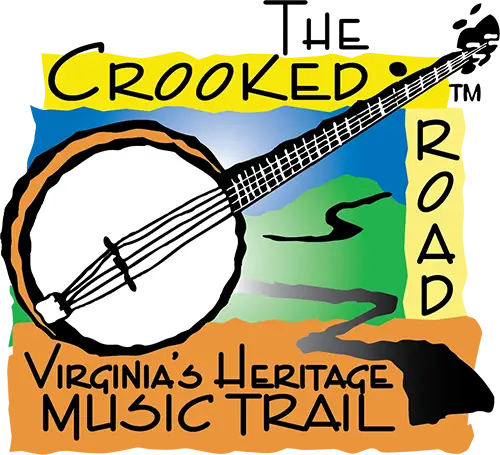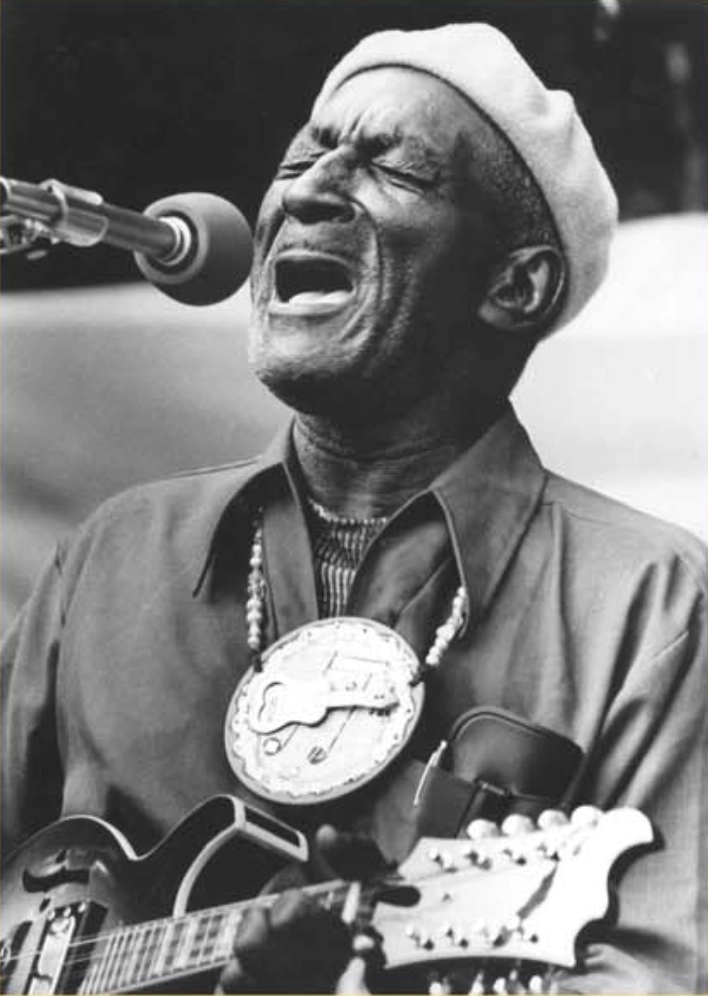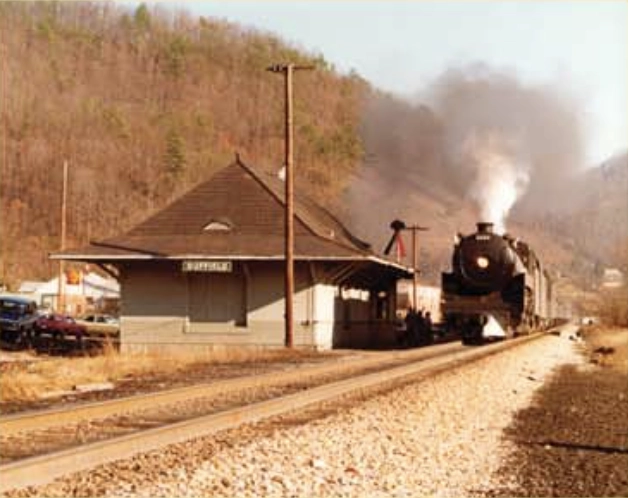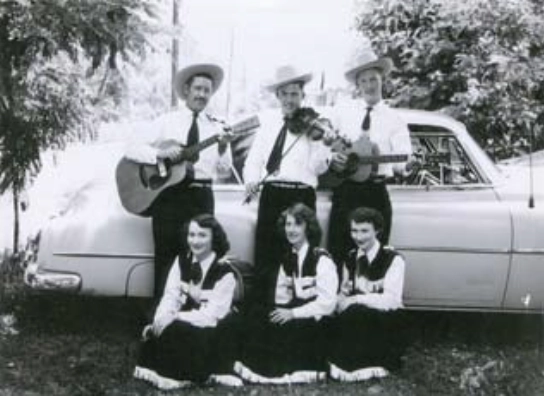Big Stone Gap takes its name from a large stone, visible in a gap. Wagoners who followed Daniel Boone’s trail said: “It’s a day’s ride from the Big Stone Gap to Cumberland Gap”. Fiddlers, banjo players, and singers came in those wagons, and their descendants were joined by a diverse population during the boom and bust cycles of mineral extraction and logging. The Irish railroaders were very musical, and the Italians, eastern Europeans, and others added zest to the musical stew. There were “busking” musicians in Big Stone Gap and other coal towns. They performed outside workplaces and on the street, especially on paydays. Good tunes were kept and traded, and many of the high flying bands of the 1920s had Big Stone Gap as a favorite stop. The song mix was attuned to the coalfields: ditties carried by the railroaders, ancient ballads, tragic songs, and religious songs of many kinds.
Among the legendary musicians from here were the children of “Fiddling” Martin, an African-American blacksmith with a large family. Among his children were Roland Martin, a blind multi-instrumentalist and singer who made 78 rpm recordings, and mandolinist Carl Martin, a bluesman noted for his impassioned singing, zany songs, and sense of humor. Big Stone Gap was home to author John Fox, Jr. who penned the novel “The Trail of the Lonesome Pine”. The book was later adapted into a stage play and became Virginia’s official outdoor drama which is staged here each summer. Visitors can take the Big Stone Gap walking tour for a glimpse of the town’s rich history and also enjoy its museums, parks and outdoor recreational facilities.




